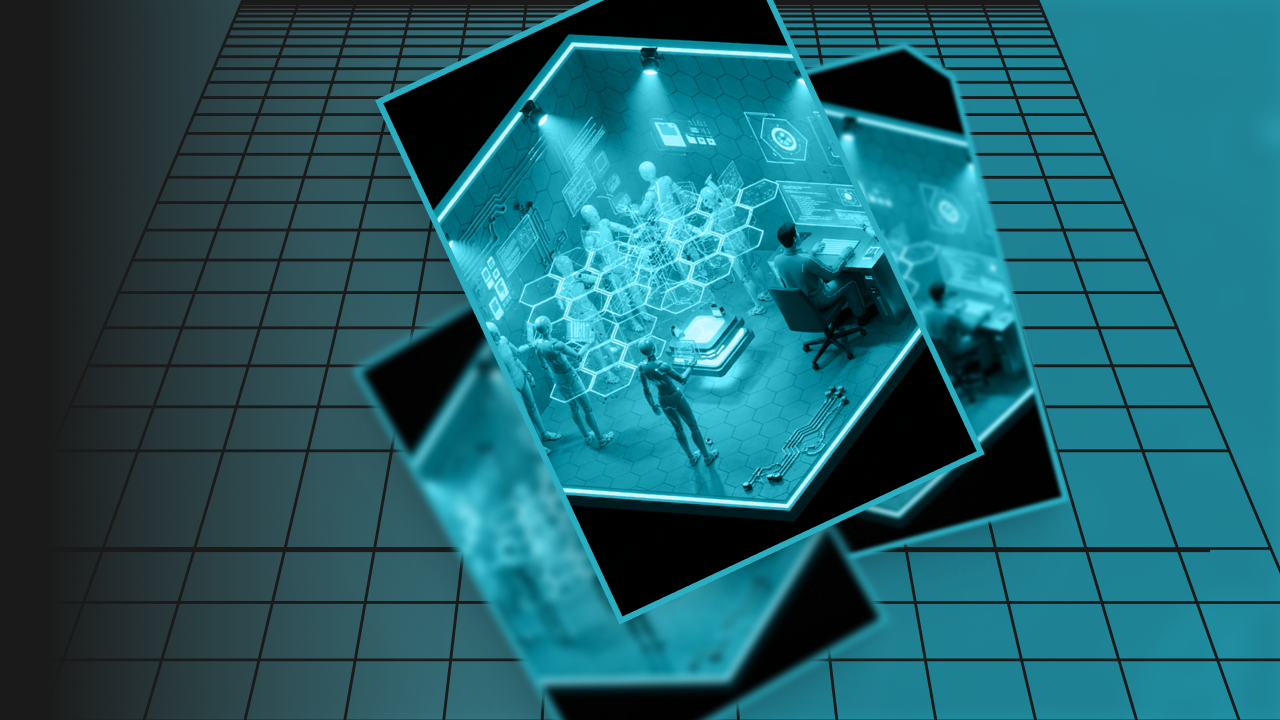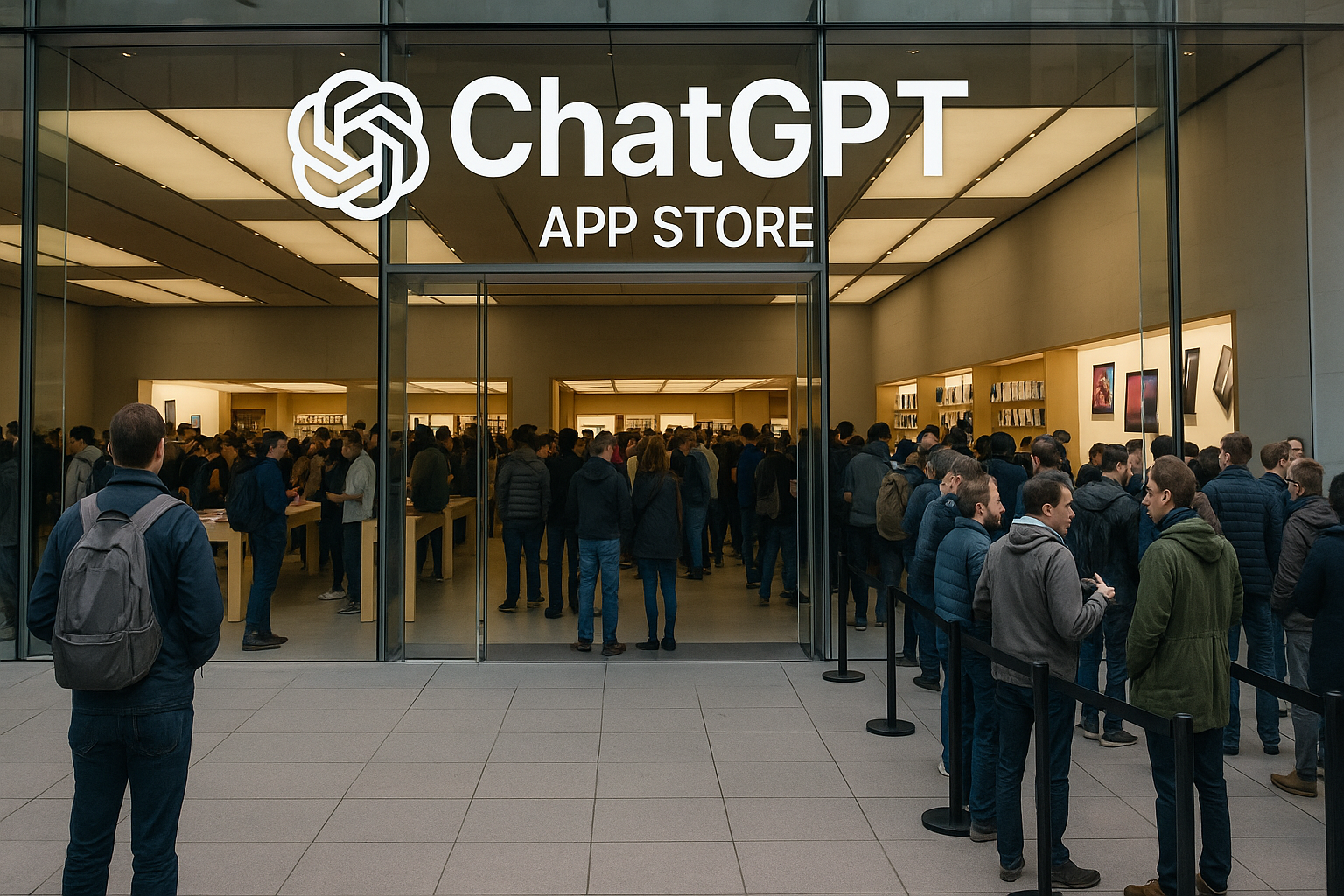CIO guide to AI: Pushing the boundaries of what work looks like
Rob Borley
4 min read • 19 April 2024
Generative AI is at the forefront of technological innovation, offering transformative potential for business operations. But its introduction represents many new challenges for a CIO or CTO, not least that they are having to confront issues across the board of the organisation, where perhaps before things could stay more squarely in the IT department. So how can CTOs and CIOs harness this emerging technology, and what strategies will best allow for effective experimentation and integration across the business, particularly within software development teams?
This is a our quick CIO guide to AI.
AI in Software Development
In 2024, software engineering is set to become the flagship domain for AI-enhanced productivity, sparked by the rise of services like GitHub Copilot and Azure OpenAI Service. Such tools have been instrumental in boosting software developers' productivity by 2-5 times, alongside enhancing quality by focusing on several key areas:
- Auto-completion: Developers often write boilerplate code that, while necessary, can be tedious and error-prone, especially when fatigued or distracted. AI-powered auto-completion understands the context of the file you're working on and your current task. If your code contains comments, the AI uses them to refine its understanding of your objective for a particular class or method and can write the next line or, in many cases, the complete function.
- Explainability and Language Translation: When a developer encounters another developer's code in a project it can sometimes be perplexing, particularly if it's written in an unfamiliar way or language. AI can demystify what the code does, which is invaluable for code written in languages you're less familiar with or when encountering online examples in an unknown language. The LLM can translate to the language in which the developer codes while also explaining each line, even parts that it may not be able to translate due to technical differences.
- Problem-solving: The shift towards remote and asynchronous work means expert assistance isn't always immediately available to elaborate on a user story or brainstorm an approach. AI's conversational capabilities become a powerful tool, allowing the team to articulate ideas or have the AI question their methods through typing, voice, or code sharing. This feature is particularly useful for troubleshooting or seeking suggestions for improvement.
These three areas alone significantly enhance productivity, not only in coding but also by minimising context switching and fostering focused work periods. This, in turn, reduces errors and boosts team satisfaction. As the technology evolves, we're beginning to see AI understand individual developers’ and organisational coding styles, ensuring that examples and suggestions are customised to the team's familiar style and best practices.
AI-powered DevOps
The deployment of software has significantly evolved in recent years, with cloud resources now being managed in code through Infrastructure as Code (IaC) tools like Terraform. This approach facilitates creating and destroying unique test environments and creating disaster recovery (DR) resources mirroring across regions, and provides an important audit trail.
AI can further enhance these processes in several ways. It can interpret natural language to generate IaC and deployment code, streamlining the construction of deployment pipelines. In the event of errors, the traditional exhaustive search to diagnose the issue is transformed; the error is pinpointed and analysed by AI to propose potential solutions, including the specific code amendments needed. This advances towards a self-healing scenario, where AI automatically rectifies lower-level issues.
Following the establishment of deployments, AI's role extends to monitoring performance, assessing load capacities, identifying failure thresholds, and executing security tests through AI red team exercises. It can also analyse resource utilisation, offering insights for resource allocation and cost optimisation to better manage cloud expenditure.
Your AI partner in QA/Testing
Quality Assurance (QA) and testing have long embraced automation, often at the forefront of adopting AI enhancements in the software development lifecycle. This enthusiasm partly stems from QA departments frequently being under-resourced in many organisations; AI can significantly bolster these teams, helping them meet their objectives more efficiently.
Areas ripe for immediate AI integration include gap analysis and bug reporting. Receiving support tickets and bug reports that lack the necessary details for swift diagnosis is a source of frustration for many testers. This typically results in a protracted exchange in the ticket comments or demands excessive time from testers for clarification. However, AI can revolutionise bug reporting by ensuring comprehensive ticket information from the outset, prompting users with questions that aim to resolve potential misunderstandings, and equipping testers with all the necessary details for efficient issue resolution.
Gap analysis is another area which lends itself to AI. While developing test cases, the focus often lies on the singular 'golden path' of optimal efficiency, but AI can significantly broaden this perspective. It can generate not just a handful of alternative scenarios but hundreds of diverse test cases. Adjustments can be made through natural language commands, such as adding an authentication step to test flows with simple instructions, making the update process straightforward and efficient.
Synthetic data generation is a further application of AI in QA/testing. Creating realistic test data is crucial for building effective test environments, and AI's capacity to produce highly realistic, synthetic data is unparalleled. This data can mirror human-like complexity whilst protecting real personal information and evolve to reflect changing needs and behaviours, offering a dynamic resource for testing that was previously unattainable.
Skills in Your Team
For a CIO, integrating generative AI into your team's toolkit isn't just about speeding things up and beefing up the tech skills; it's about reshaping how your team thinks and works. As this technology unfolds, your team must get comfortable with AI fundamentals, but there's a bigger picture; they'll start solving problems more independently, using AI to get answers without always leaning on inputs from your higher ups.
They may ask; "will AI take my job?" Encouraging your team to share their AI journeys helps everyone grow together. It's about creating a space where messing around with AI tools, sharing what works (and what doesn't), and pushing boundaries are all part of the daily adoption of AI. But it's not just about what AI can do; it's also about using it wisely and ethically, understanding the bigger impact of your work.
Gearing up for generative AI is about sparking a culture of innovation where trying new things is celebrated, and failures are just stepping stones. This approach doesn't just prepare your team for the future; it places them at the forefront of the AI revolution, ready to tackle whatever comes next with confidence and creativity.
Embarking on OpenAI integration and your AI journey begins with understanding where you stand today. An AI readiness assessment is the perfect starting point, designed to evaluate your current capabilities and identify areas for integration and growth. We've developed a comprehensive assessment to guide you through this process to help you make the most of this transformative technology.
Rob Borley


.png)